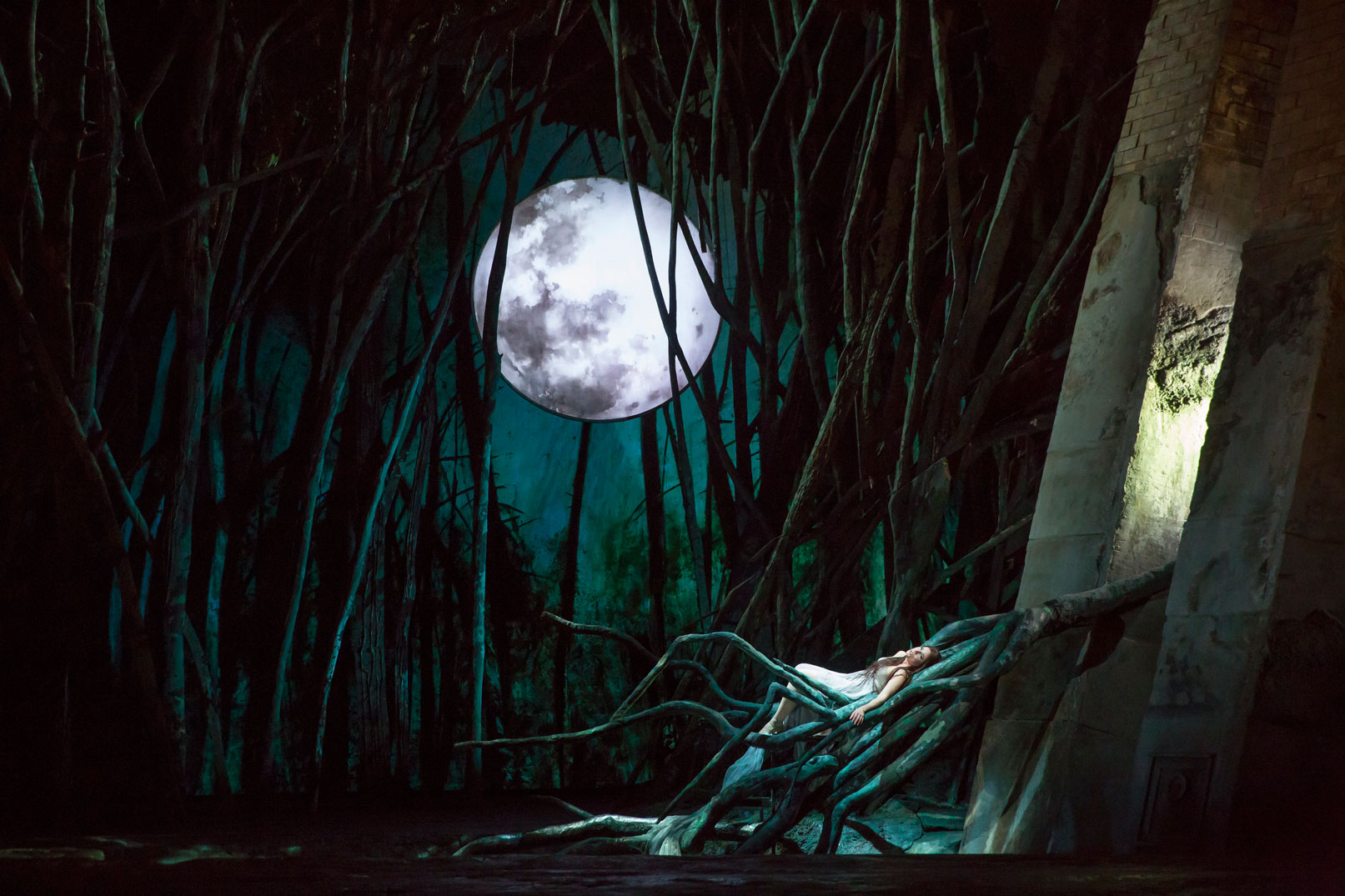-
Director's Notes: Turandot
By Robert WilsonPosted in 1920-Lucie-Jansch-2011---HiRes.jpg)
Puccini’s Turandot was inspired by Schiller’s early-19th-century German adaptation of an 18th-century Italian comedy by Carlo Gozzi, who drew on a French retelling of a supposedly traditional Persian fairytale set in ancient China. Gozzi created a piece in the style of commedia dell’arte, a codified theatre form with set characters, story lines, and gestures.
[READ MORE] -
Your Guide to Dvořák's Rusalka
By COC StaffPosted in 1920
[READ MORE]
A mermaid longs for love and enters a dubious bargain with a sea witch, not realizing the ultimate cost. This classic myth exists in numerous versions, with many regional adaptations, including Hans Christian Andersen’s The Little Mermaid and Friederich de la Motte Fouqué’s Undine. -
Your Guide to Puccini's Turandot
By COC StaffPosted in 1920
Turandot’s subject matter was a departure for Puccini, who had spent almost the entirety of his career writing operas rooted in realism — La Bohème, for example, is about penniless artists trying to make it in Paris; Tosca is a thriller about an opera singer caught in a game of cat-and-mouse during the French Revolutionary Wars. But with Turandot, Puccini took a decisive turn away from stories about real people in specific places and entered a realm of the fantastical.
[READ MORE]
